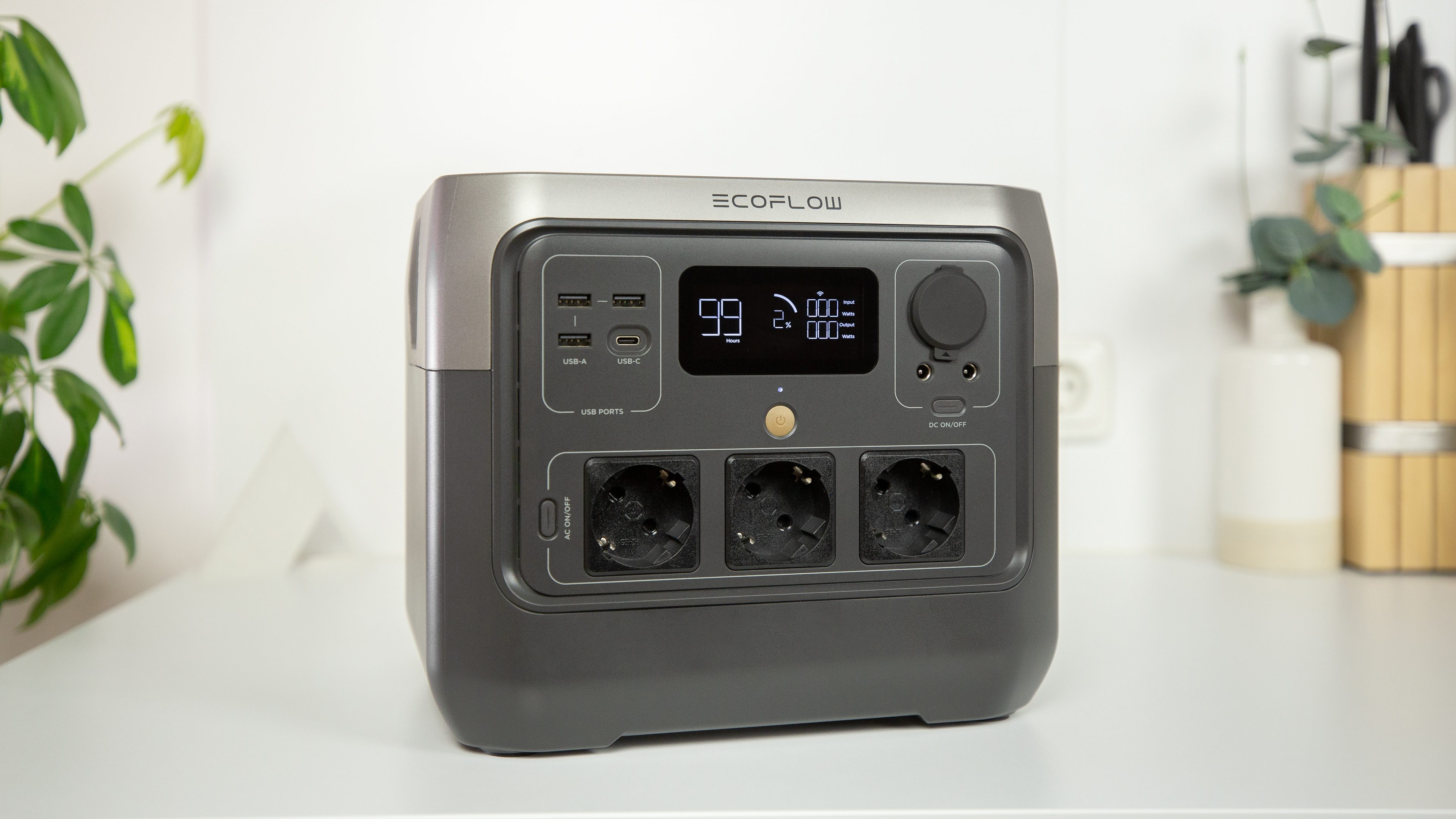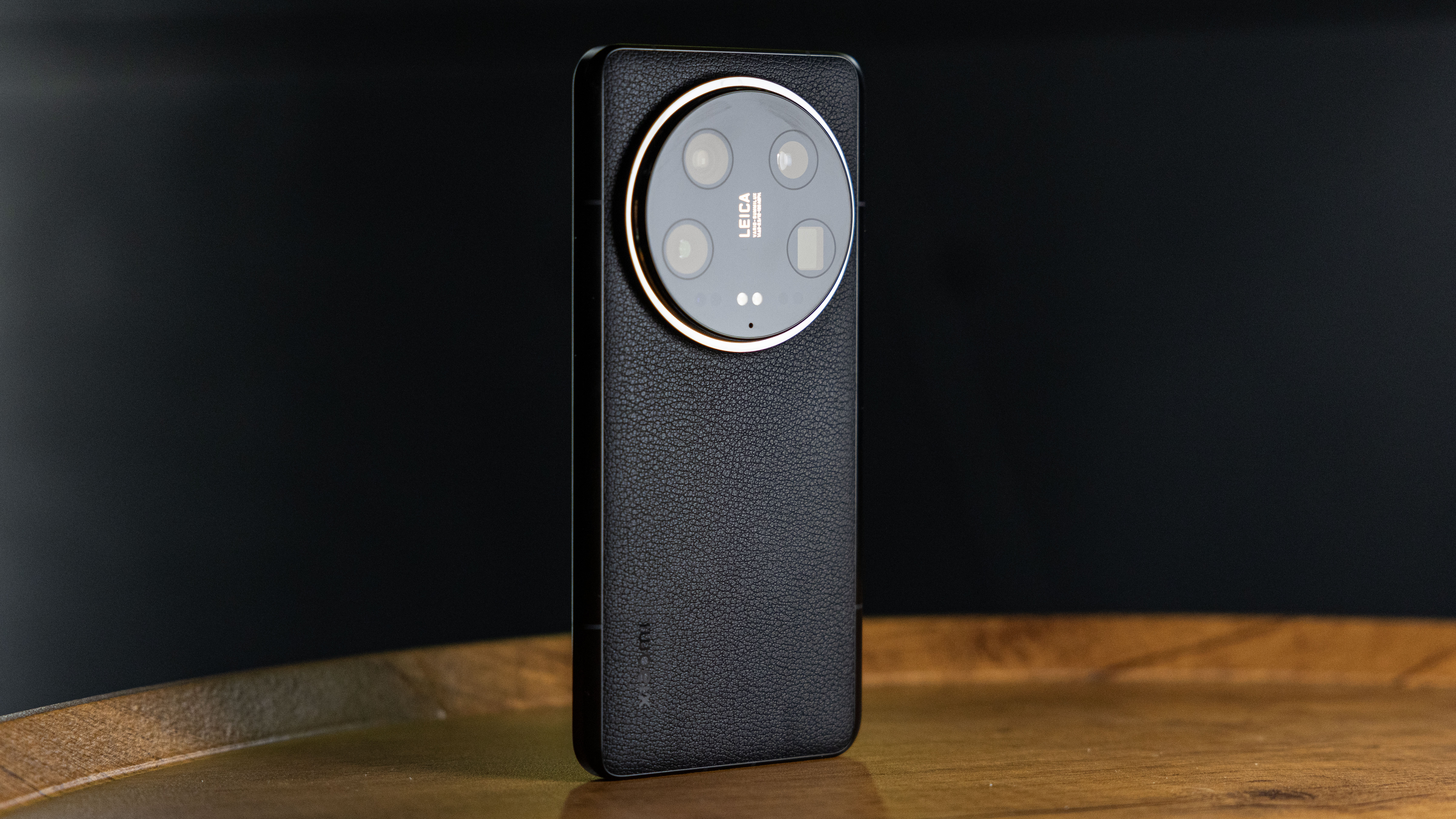
The Xiaomi 14 Ultra boasts a powerful camera setup with many features that tend to lean toward the professional side. It also sports a beautiful display and probably the most powerful processor you can currently find in an Android smartphone. nextpit has had the privilege to review the Xiaomi 14 Ultra already.
Xiaomi 14 Ultra
Good
- Great camera performance
- Massive computing power
Bad
- HyperOS with plenty of bloatware
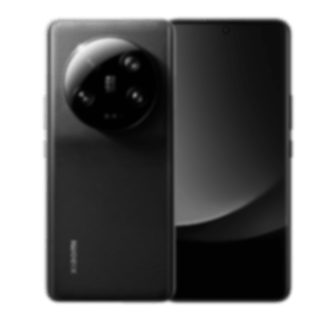
Xiaomi 14 Ultra: All deals
The Xiaomi 14 Ultra in a nutshell
The Xiaomi 14 Ultra is a great smartphone, there is no question about it. The processor offers plenty of power, the new, flat OLED display is amazing, and features such as the 80 W fast wireless charging are impressive. What about the cameras, then? The camera setup is truly unique among smartphones in the market, sporting a quartet of 50 MP sensors and countless photo and video features for professional users.
In addition to all the hardware, the Xiaomi 14 Ultra is also powered by the new Hyper OS, which has so far only introduced minor changes compared to MIUI. Of course, there are a few AI features available, although Xiaomi has focused less on this than Samsung with the S24 series.
You can pre-order the Xiaomi 14 Ultra now for €1,499. If you were to purchase before the handset officially launches on March 19, you will receive a camera kit worth €199 for free. The Xiaomi 14 Ultra is unavailable in the US, hence the pricing listed in €.
Design and display
The Xiaomi 14 Ultra looks more grown-up than its predecessor, the Xiaomi 13 Ultra. The display is now flat in most places, while the new back also looks more coherent without the hump in the middle.
Pros:
- Great workmanship, feels good in the hand.
- Very nice, flat display.
Cons:
Xiaomi relies on high-quality materials for its new Ultra flagship. The chassis is milled from a single piece of aluminum and feels very solid. Tipping the scales at 219.8 g, the smartphone is also a little bit lighter than its predecessor (227 g) and is a little less top-heavy when held in the hand. Xiaomi eliminated the hump at the back of its predecessor in the 14 Ultra, but the powerful camera configuration behind protrudes a little farther out of the chassis than on its predecessor. Speaking of the back: A material labeled “Nano-Tech Vegan Leather” is used here, which feels like the non-slip surface of a system camera.
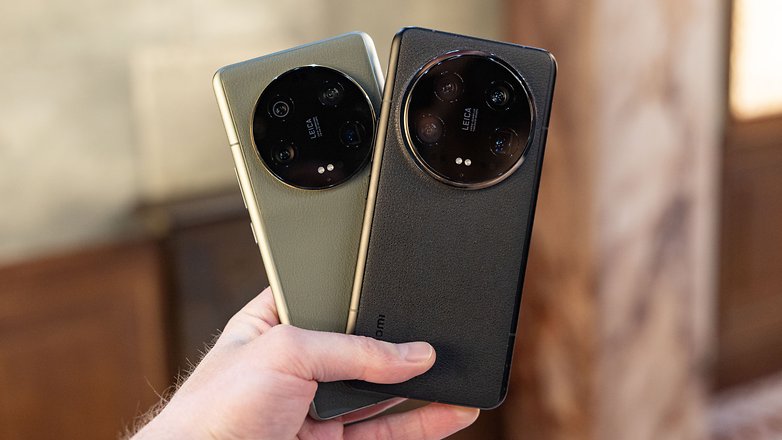
Otherwise, hardly anything has changed in terms of hardware. There are still three buttons for the Power button and volume control. Unfortunately, Xiaomi decided to forgo the dedicated camera shutter button. However, if you want one, Xiaomi offers a separate clip-on camera handle as an accessory. In addition to the two-stage shutter release, there is also a zoom ring, a button to begin video recording, a 67 mm filter thread, and an integrated 1,500 mAh battery to extend your photo tour. Unfortunately, we were unable to take a closer look at the camera kit, but the accessories on the Xiaomi 13 Ultra proved to be a winner! A minor brickbat: The infrared blaster that was in the Xiaomi 13 Ultra has disappeared in its latest iteration.

The front is once again dominated by the display, which Xiaomi dubs the “All-Around Liquid Display”. While the display on the predecessor was still rounded on both sides and flowed around the chassis on the right and left, the panel now appears to be set on top. In fact, it looks almost like a large drop of water that is held in place by its surface tension. Xiaomi’s own “Shield Glass” is used to protect the display instead of Gorilla Glass that is used by most smartphones in its class. There are no empirical values on durability here yet to quote, but we, and experts like JerryRigEverything, should be able to know just how durable the Shield Glass is soon.

The 6.73-inch AMOLED panel itself is beautiful to look at with WQHD+ resolution. In other words, you get a whopping 3,200 x 1,440 pixels. Thanks to the 120 Hz refresh rate, content is displayed smoothly on the screen and the LTPO technology dynamically regulates the refresh rate all the way down to 1 Hz to conserve energy as and when required. The maximum brightness of the panel is 3,000 nits, while the 1,920 Hz PWM dimming promises a flicker-free display even at low brightness levels. Gamers can also look forward to a 240 Hz sampling rate.
Performance and battery life
The Xiaomi 14 Ultra is equipped with the new Qualcomm Snapdragon 8 Gen 3 SoC which powers many current high-end smartphones. The detailed review will show how the processor performs in reality. One thing is certain: Xiaomi is at the forefront of the high-end segment when it comes to fast charging, and its 80 W fast wireless charging proves that point.
Pros:
- Powerful performance thanks to the Snapdragon 8 Gen 3 SoC.
- Fast Charging with 90 W.
- 80 W wireless charging and reverse wireless charging.
- USB 3.2 at last.
Cons:
With the Qualcomm Snapdragon 8 Gen 3 SoC, the Xiaomi 14 Ultra definitely has the chops to deliver top-level performance. However, this chipset is also found in other flagships such as the Samsung Galaxy S24 Ultra (review) or the recently launched Honor Magic 6 Pro (hands-on). Where the smartphones differ in terms of performance, however, is the cooling capability and performance stability. Unfortunately, we didn’t have time to benchmark Xiaomi’s cooling system dubbed “Dual-Channel Iceloop System” during our short review duration, but we will do so soon.
The connectivity options leave nothing to be desired: There is, of course, 5G with dual SIM, Wi-Fi 7, NFC, Bluetooth 5.4, and even USB 3.2! The USB-C port also serves as a DisplayPort video output in 4K resolution at a maximum of 60 fps.

The battery has a 5,000 mAh capacity and should be able to get you safely through the day, this aspect will also be looked into in our detailed review. Charging works with the included 90 W adapter for wired, while wireless charging is at an impressive 80 W. And yes, the Xiaomi 14 Ultra also supports wireless reverse charging, making it nifty to recharge your wireless earbuds while you are on the move.
If you want to know more about the operating system of the Xiaomi 14 Ultra, then take a look at our detailed review of the Xiaomi 14. We will also do a deep dive into the new, old HyperOS operating system. What’s new is the name and a few AI features, which are quite tame compared to Samsung’s (which isn’t necessarily a bad thing). As for the user interface design, it is all too reminiscent of iOS in selected areas. You can also say “Hello” to the familiar bloatware that populates the home screen and beyond.
Xiaomi 14 Ultra camera
The major advantage of the Xiaomi 14 Ultra is the camera system which is still unique in the smartphone market. Compared to its predecessor, Xiaomi only replaced the main sensor, which marks a technological leap forward. However, the manufacturer also has a few exciting features on board in terms of software.
Pros:
- Best camera setup on the market.
- Too many to note!
Cons:
- No dedicated camera shutter button.
The Xiaomi 14 Ultra has four cameras, but that’s not the only unique thing about it. There is no other quad-camera phone in the market that was carefully designed from a drawing board and not somehow cobbled together haphazardly. In the Xiaomi 14 Ultra, all sensors have a 50 MP resolution, all sensors apart from the main camera are identical, with all sensors being exceptionally and exceptionally fast. In addition, all four lenses except the ultra-wide angle camera have optical image stabilization.
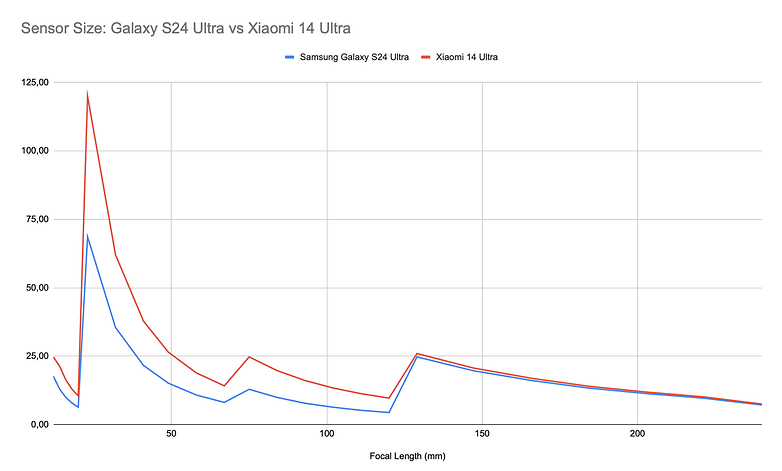
At the heart of the quad camera configuration in the Xiaomi 14 Ultra is the new Sony LYT-900. Even if the chip in the main camera does not differ greatly from its predecessor, the Xiaomi 13 Ultra, in terms of the key technical specifications of 50 MP on a 1-inch sensor area, there is still an interesting technological leap here. The LYT-900 is the first Sony sensor of a new generation, which follows up from the Exmor series that has dominated the scene for over a decade. There is definitely potential for a major leap forward in image quality here.
We are already familiar with the other three Sony IMX858 sensors from the Xiaomi 13 Ultra (review). Here, the three chips deliver consistently good image quality and consistent color reproduction over a very wide focal length range, which should also be the case with the Xiaomi 14 Ultra. There are also a few new software features thrown into the mix this year, from 16-bit RAW and a wide range of audio settings to 10-bit LOG video in the Rec.2020 color space for HDR video.
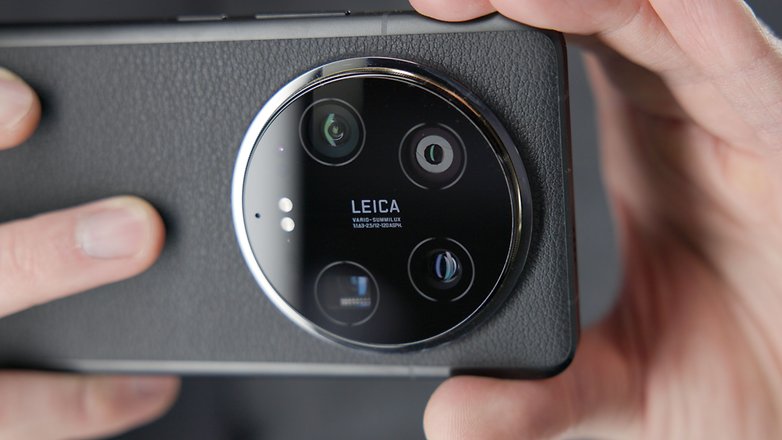
One overlooked area? With so much focus on the camera, a dedicated shutter button on the chassis would have been nice. However, fret not. That’s what the camera kit is for. We will soon explain what is behind the stacked sensor technology, dual ISO functionality, and the variable iris of the main camera in a separate article, including a video.
Early Verdict
The Xiaomi 13 Ultra was launched in selected European markets in small numbers last year. The Chinese smartphone manufacturer didn’t really dare to enter the ultra-premium segment back then. 2024 looks set to be a different story: The Xiaomi 14 Ultra will be available in larger quantities, and should also be available from your trusted electronics store and provider. The drums of war have begun pounding and this is no coincidence: according to our initial experience, the Xiaomi 14 Ultra is a great smartphone with many strong points in terms of its processor, display, and battery life, as well as having the most exciting camera system of 2024 to date.



